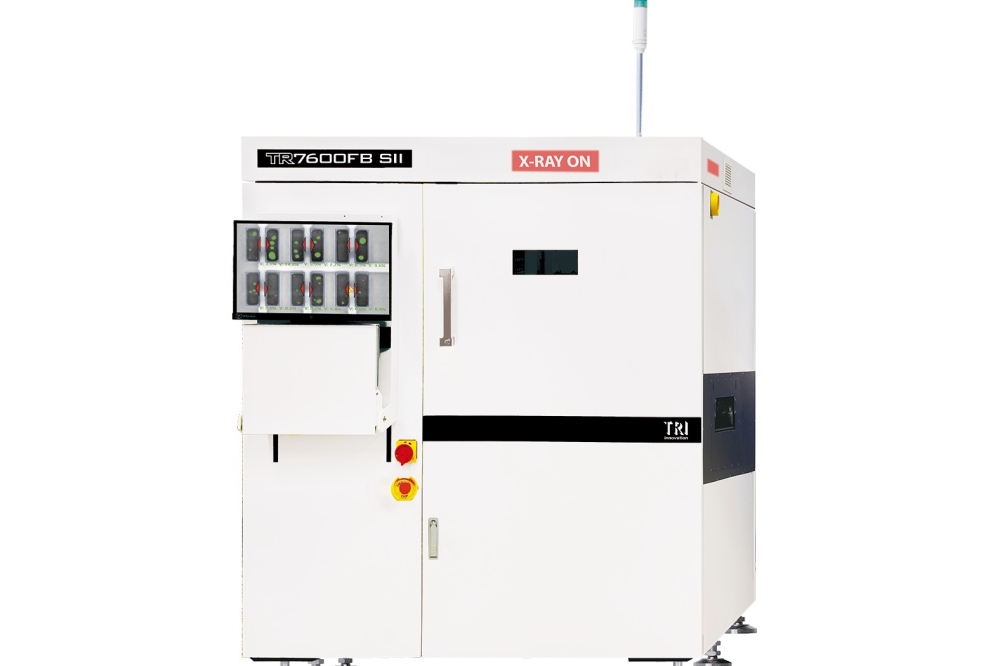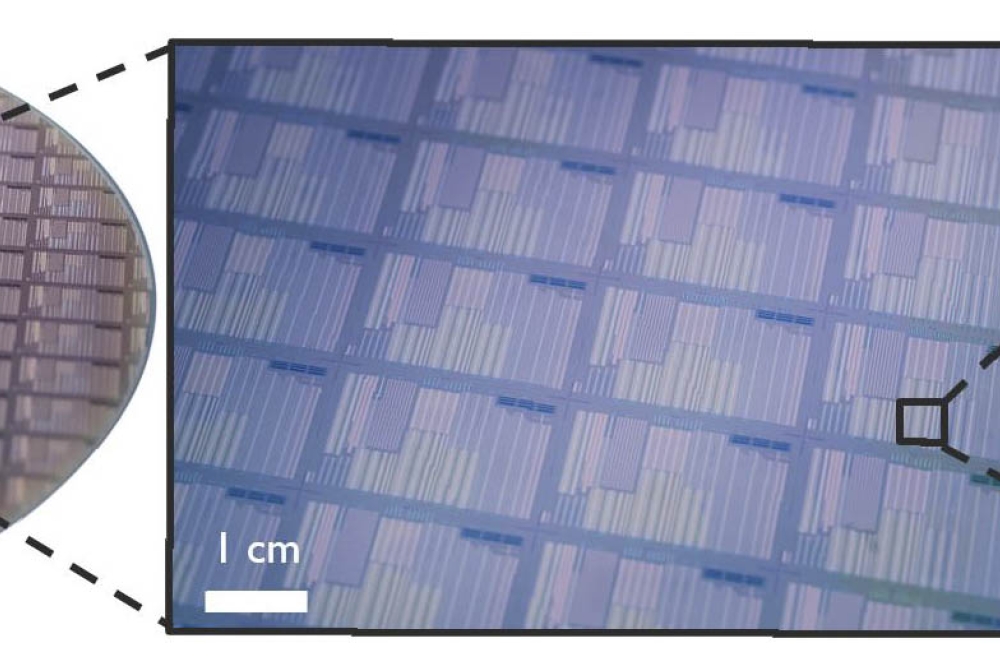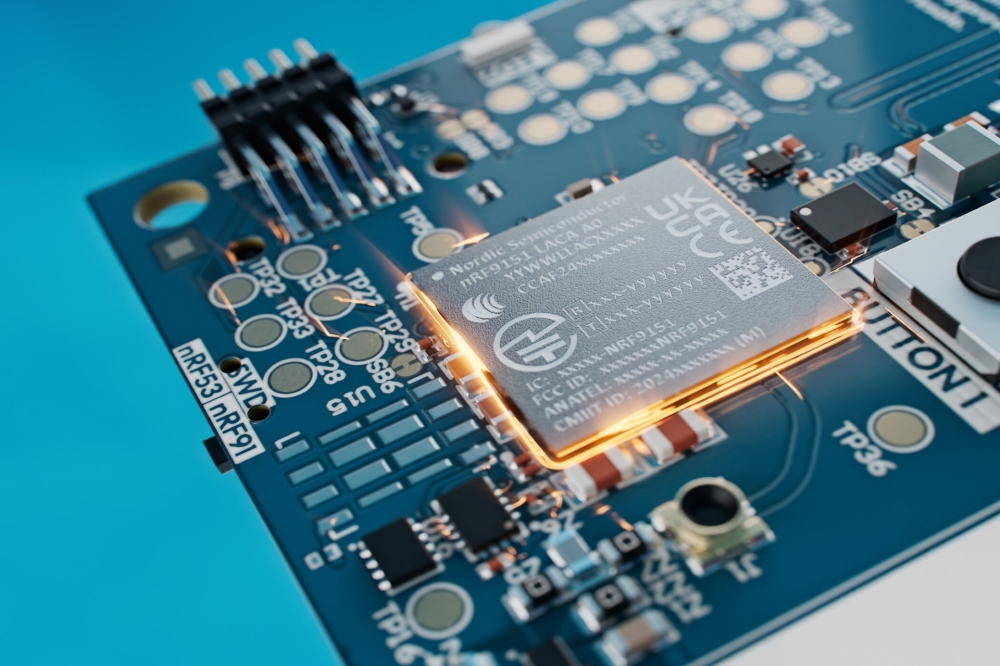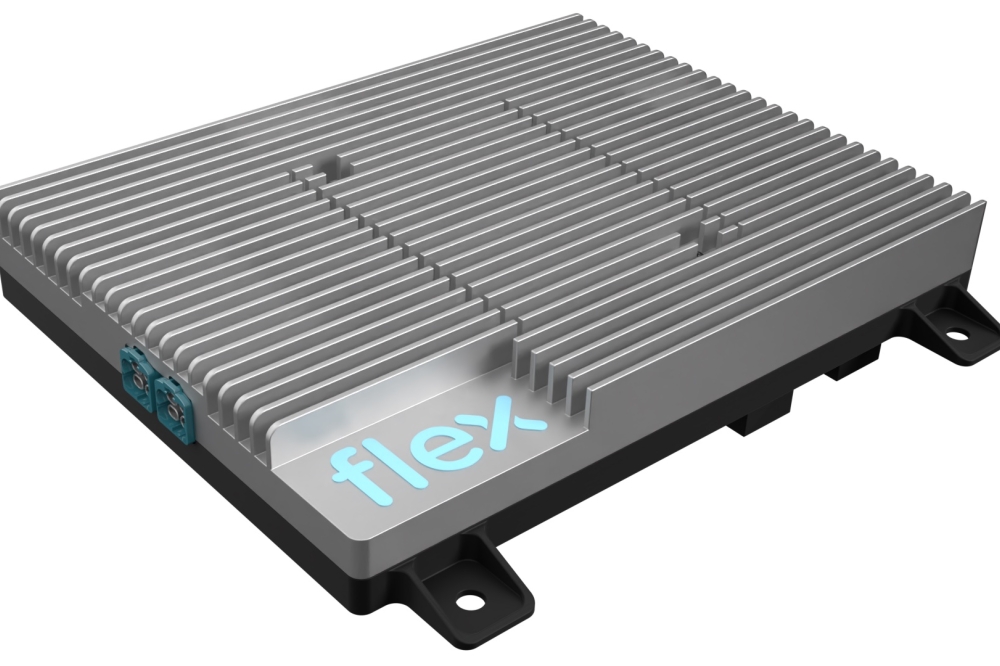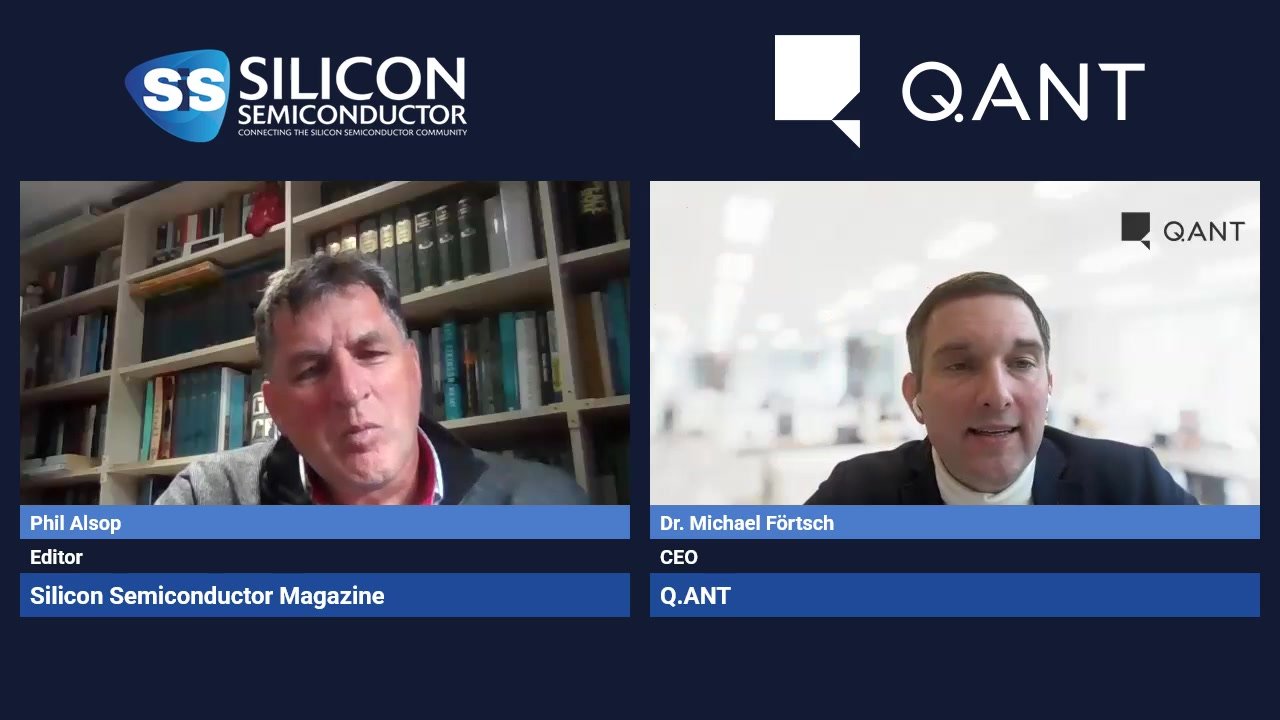Opportunities unleashed by Chiplet technology

Dr Xiaoxi He, Research Director, IDTechEx, explains how, in the rapidly evolving semiconductor industry, chiplet technology is emerging as a transformative force, offering innovative solutions to many of the challenges faced by traditional monolithic System-on-Chip (SoC) designs.
As highlighted in the IDTechEx report, "Chiplet Technology 2025-2035: Technology, Opportunities, Applications," this modular approach not only enhances performance and functionality but also opens up a wealth of opportunities across various sectors of the semiconductor ecosystem.
Advantages and flexibility of chiplet technology
Chiplets provide significant advantages over traditional chip designs by offering unparalleled flexibility and customization. This technology allows manufacturers to integrate specialized components tailored to specific tasks, resulting in versatile and customizable chips. Such flexibility reduces development timelines and costs while enabling rapid adaptation to market demands. Furthermore, chiplets support heterogeneous integration by combining different process nodes and materials, optimizing both performance and cost. This capability allows for the integration of diverse functionalities within a single package, enhancing overall efficiency.
The adoption of chiplet technology can also overcome constraints such as reticle size and the memory wall, which traditionally hinder the performance and scalability of semiconductor devices. In addition, chiplets can achieve better utilization of wafer corner space and have lower defect rate on chips, which are often underutilized in conventional chip designs, particularly in larger SoCs that demand an increasing number of functions.
The integration of chiplets within 3D integrated circuits (ICs) supports quicker signal throughput and reduced latency, making it ideal for high-performance computing applications.
Enhancing supply chain security
The modular nature of chiplets significantly enhances supply chain security by allowing manufacturers to source components from multiple suppliers. This diversification reduces dependency on any single supplier or geographic area, mitigating risks associated with geopolitical tensions and trade restrictions. As a result, companies can navigate supply chain challenges more effectively, ensuring a steady supply of critical components even amidst global uncertainties. The capability of enhancing supply chain security is also an important reason that chiplet technology is emphasized by a number of regions.
Opportunities across the semiconductor ecosystem
The adoption of chiplet technology creates numerous opportunities for various players in the semiconductor ecosystem. For materials and components suppliers, there is an increased demand for innovative materials that enhance reliability and performance, particularly in advanced packaging and interconnect technologies. In the realm of design and intellectual property (IP), chiplet technology promotes collaboration among companies sharing IP models, facilitating faster development cycles and reducing costs.
Manufacturing and equipment sectors stand to benefit significantly from chiplet technology. Foundries and equipment manufacturers can capitalize on the demand for advanced packaging solutions required for chiplet integration. Companies like TSMC and Intel are already offering proprietary technologies designed specifically for chiplets. Original Equipment Manufacturers (OEMs) can leverage chiplet technology to develop tailored solutions that meet specific customer needs, particularly in industries such as automotive, PCs, and artificial intelligence.



